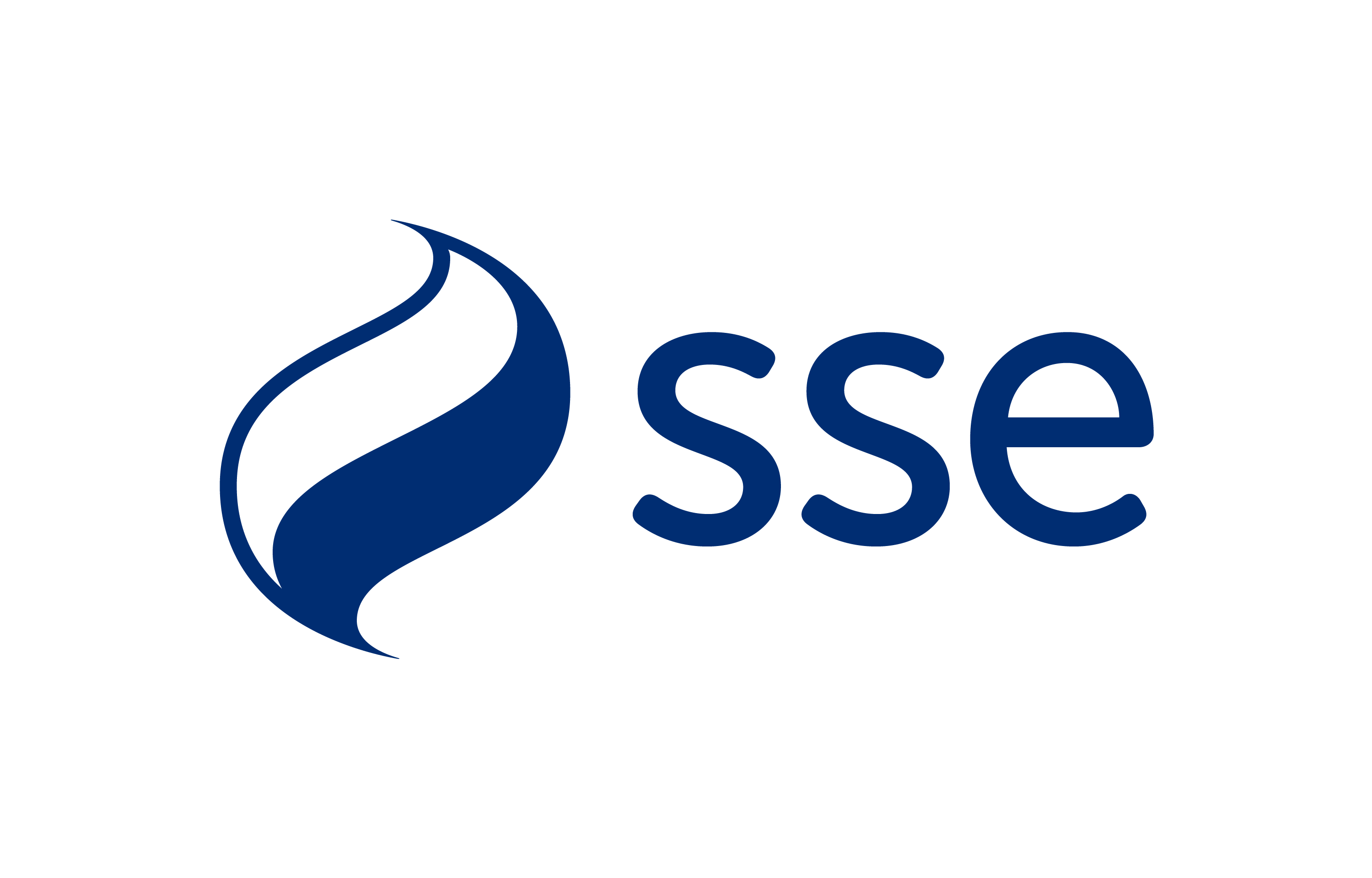SSE has ventured on a creative path, led by think-tank Sustainability First and sponsored by SSE Renewables and Sustainability.
Artist Geraint Ross Evans spent a 4 week residency at SSE’s Corporate Archive in Pitlochry, depicting the role of our Renewables business through a sustainability and climate change lens, showcasing how we harness the power of nature to deliver our net zero targets.
Documenting the journey of water through the landscape – flowing, rippling, frothing and bursting through the sluice gates, this virtual exhibition showcases a selection of the pieces created.
"This is our first experience of hosting an art residency and our desire to capture our renewable assets and how they exist within the natural landscape has been well and truly met. As a visual person, I know how it feels to be touched by artwork and how it can create, in SSE’s world, the visual stimulation to spur thinking, engagement and action to accelerate our transition to a net zero future."
Gillian O’Reilly, Head of Heritage, SSE
The physical exhibition will be on show during COP26 at SSE’s Waterloo Street building in Glasgow from 1st to 12th November. Afterwards, the artwork will be proudly displayed within public spaces at some of SSE’s main sites.
Cascades Exhibition
Pitlochry
Gouache, compressed charcoal and pastel on paper – 97 x 218 cm, 2021
Geraint uses wide panoramic space to combine three different views from the residency studio at the Pitlochry archive. This composite view depicts: the turbine hall; half of the dam with the visitor centre; and the view downstream including the fish ladder. Working from the studio, he moved the drawing between windows, knitting the views together and occasionally going downstairs to the turbine hall to make studies with the ambition of creating a holistic impression

Turbulence Studies, Pitlochry
Compressed charcoal on paper,
42 x 59 cm, 2021
Capturing water’s movement through the hydro system meant studying the different energy states at different points in the system. Geraint wanted to emulate the characteristics in the flow, direction and patterns formed in this transparent, reflective and shape shifting substance. This study sheet from Pitlochry shows the turbulence both inside and outside one of the fish ladder pools in the top left. To the right are studies of the river flowing from higher to lower points along the river-bed. The drawing below describes the water surfacing from beneath as it exits the turbines before passing through the gates to continue its journey downstream.

Water Study, Pitlochry
Gouache, compressed charcoal and pastel on paper,
30 x 62 cm, 2021
During Geraint’s month-long residency only a modest flow of water passed through this gateway at the riverside base of Pitlochry dam. Until one day quite unexpectedly, the opening was increased so that a torrent fired up and out across the water. He rapidly painted it from the window of the studio. Just at the moment he questioned whether the painting was finished and started to put away the paintbrushes, the torrent was eased back to a small waterfall.

Turbine, Pitlochry
Compressed charcoal on paper, 30 x 30 cm, 2021
Geraint made this drawing to study the turbine head and to inform his larger Pitlochry painting. The drawing shows the visible tip of the iceberg; the turbine’s tip with its surrounding maintenance platform that can be seen alongside its pair, protruding from the floor of the turbine hall.
Lednock Power Station
Compressed charcoal on paper, 77 x 225 cm, 2021
Lednock Power Station is a small hydro-electric generator, which sits in an isolated location and could be mistaken for a rural chapel. It can be spotted (with binoculars) across Loch Lednock from the dam and is the final stop on a long winding single-track road. The station makes use of the water being piped down the glenside from Loch Breaclaich, a few miles away. Geraint’s drawing grew out from the station, he added on pieces of paper until it conveyed the vast open surrounding space. He also reflected the change from day into night to describe the 24/7 nature of the infrastructure and its loneliness in the landscape.

Trickle at Lednock
Gouache, compressed charcoal and pastel on paper, 40 x 40 cm, 2021
Geraint sought to capture the full range of water’s energy as it moved through the hydro scheme.
This drawing was as close as he got to a ground source and it was hard to discern whether the trickle leaked from the earth or was stolen from the mist that passed above.

Lead-in Lednock
Compressed charcoal on paper,
114 x 55 cm, 2021
These manmade waterfalls are a common feature on the shorelines of lochs in the hydro system. Having been captured by the inlets installed on the surrounding glens, the water is diverted via tunnels towards the loch like this one at Lednock. These structures then lead the water in, and if you’re lucky, unleash it to fall dramatically over the rocks.

In-Let Lednock
Compressed charcoal on paper,
114 x 55 cm, 2021
Geraint was astonished to find so many of Scotland’s waterways being tapped for their potential energy.
High above Lednock dam, he trekked a glen that seemed to slope away from the hydro assets. Where he came across a series of In-lets of all shapes and sizes; mini dams which cut across the burns creating little oases. When full, the pools overflow into a pipe that runs the length of the Glen and takes the water back towards the dam and into the flow moving towards St Fillans Power Station.
"I was able to observe and record a cross section of the journey of water through the hydro scheme, the flow of which is highly managed with bewildering complexity and scale. I saw the day-to-day work of those involved in maintaining these assets as well as how the technology relates to the landscape." Geraint Ross Evans, Artist
Tromie Dam
Compressed charcoal on paper, 38 x 162 cm, 2021
Geraint travelled to Tromie, which is situated near Loch an t-Seilich in the Highlands, with two friendly SSE team members, who inspect the dam weekly. He had never driven along a single-track dirt road for so long and could barely believe how isolated the destination was. He was glad of the company and his companions also helped to show a sense of scale in the drawing. His aim was to describe waters journey through the landscape and infrastructure, which meant panning 180 degrees

Griffin Wind Farm
Compressed charcoal on paper, 38 x 54 cm, 2021
A memento from Geraint’s brief visit to Griffin Wind Farm where he drove along the dirt tracks that weaved between the desert of turbines in awe of their magnitude.
Looking up at these giants from the ground beneath and watching the blades rising and falling was mesmerising and disorientating.
"Hydro is Scotland’s original source of renewable energy. It has been delivering clean electricity for over 70 years and has a vital role to play in the coming decades as we transition to net zero. Hydroelectric assets are often hidden away in some of Scotland’s most inaccessible locations and it’s fantastic that this project has given us the chance to showcase what incredible feats of engineering our hydro schemes are and how they are working alongside newer forms of renewable energy to combat climate change."
Jim Smith, Managing Director, SSE Renewables

About the artist
Geraint Ross Evans was born in Caerphilly and grew up in Cardiff, Wales. Following graduation from Swansea Metropolitan University in 2009 with a BA (Hons) in Fine Art; Geraint became closely involved with the South Wales art scene, most notably with the former TactileBosch gallery and studios in Cardiff. Following his first solo exhibition, Geraint relocated to London where he was awarded a scholarship to study at The Royal Drawing School, on their postgraduate program The Drawing Year (2014-15). He has recently completed a residency at Llanfrechfa Grange Hospital Cwmbran and is now developing a public artwork for the hospital.
From small sketches through to accomplished large-scale drawings, drawing from observation has always been central to Geraint’s practice.
Image: Jen Abell

Sustainability First is an environmental think-tank and charity, working in essential services to promote practical solutions to improve environmental, social and economic well-being.
This artist residency forms part of Sustainability First’s ‘Sustainable Futures Programme,’ which is developing creative and imaginative visions for addressing the climate crisis and fairness in society. The wider programme includes discussion events, educational outreach, art and writing prizes and a virtual book ahead of the UN international climate change conference - COP 26.

